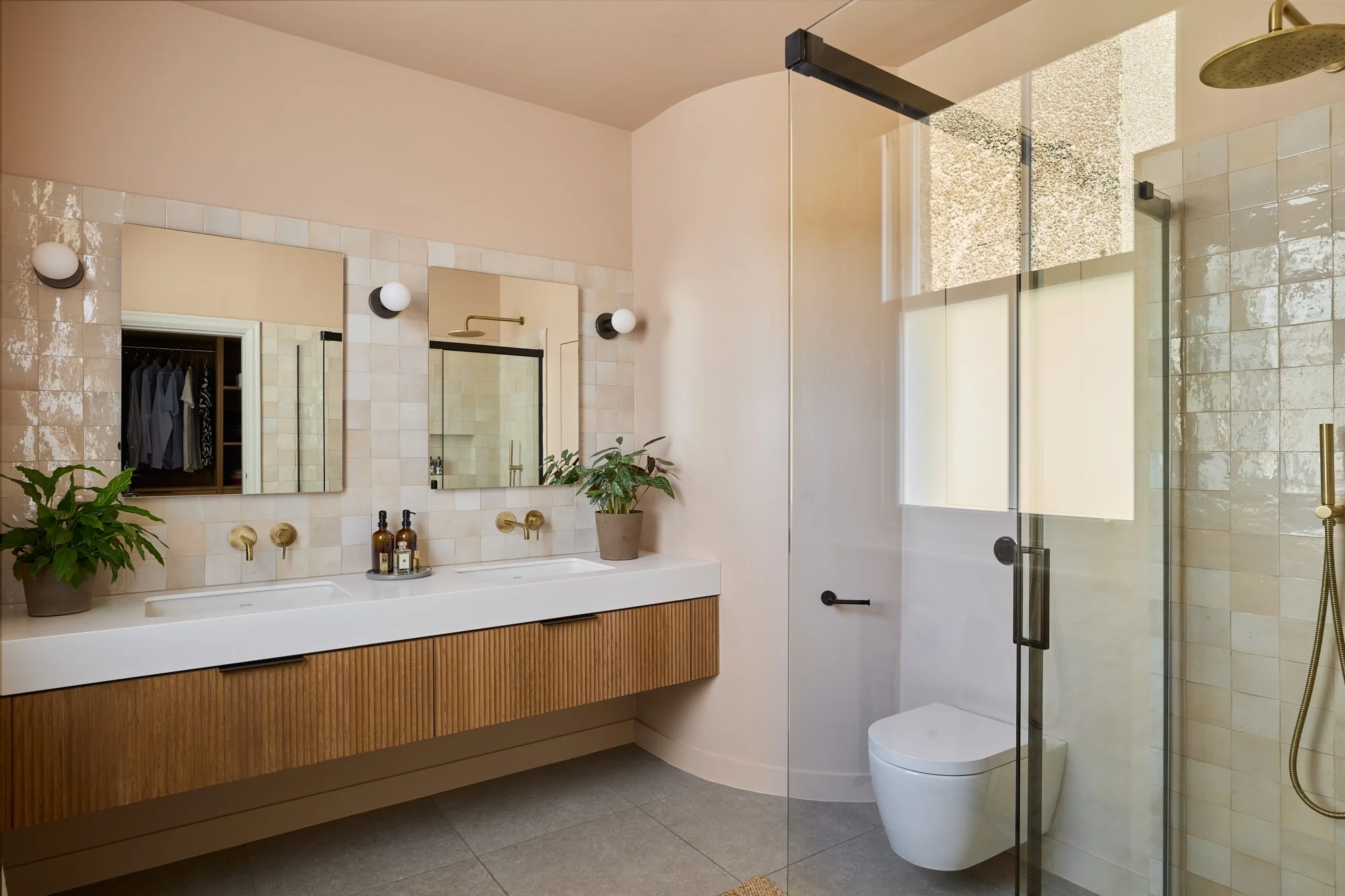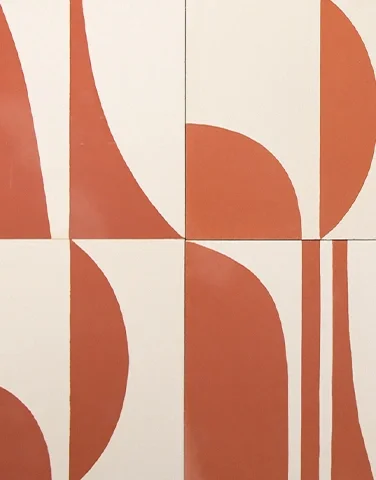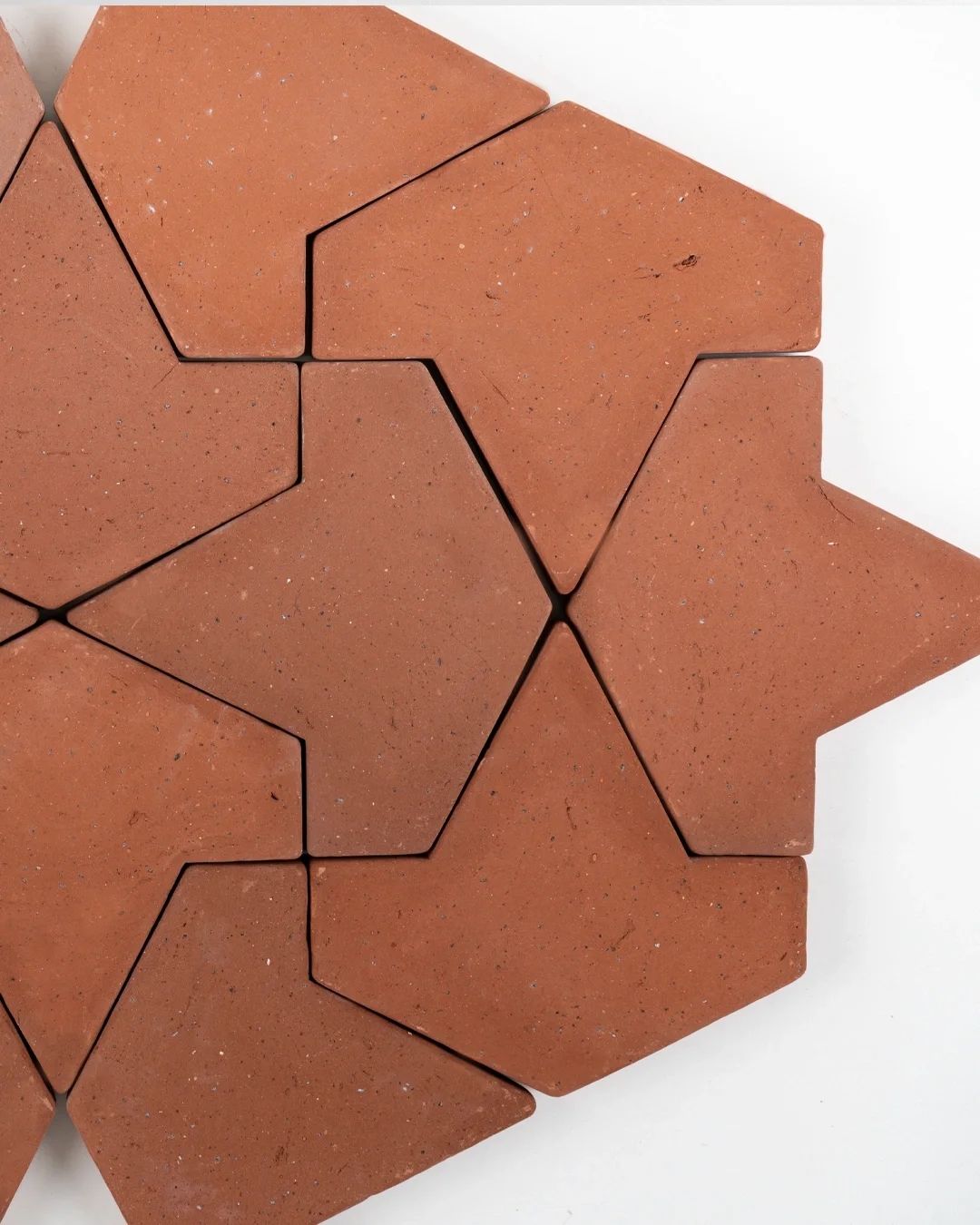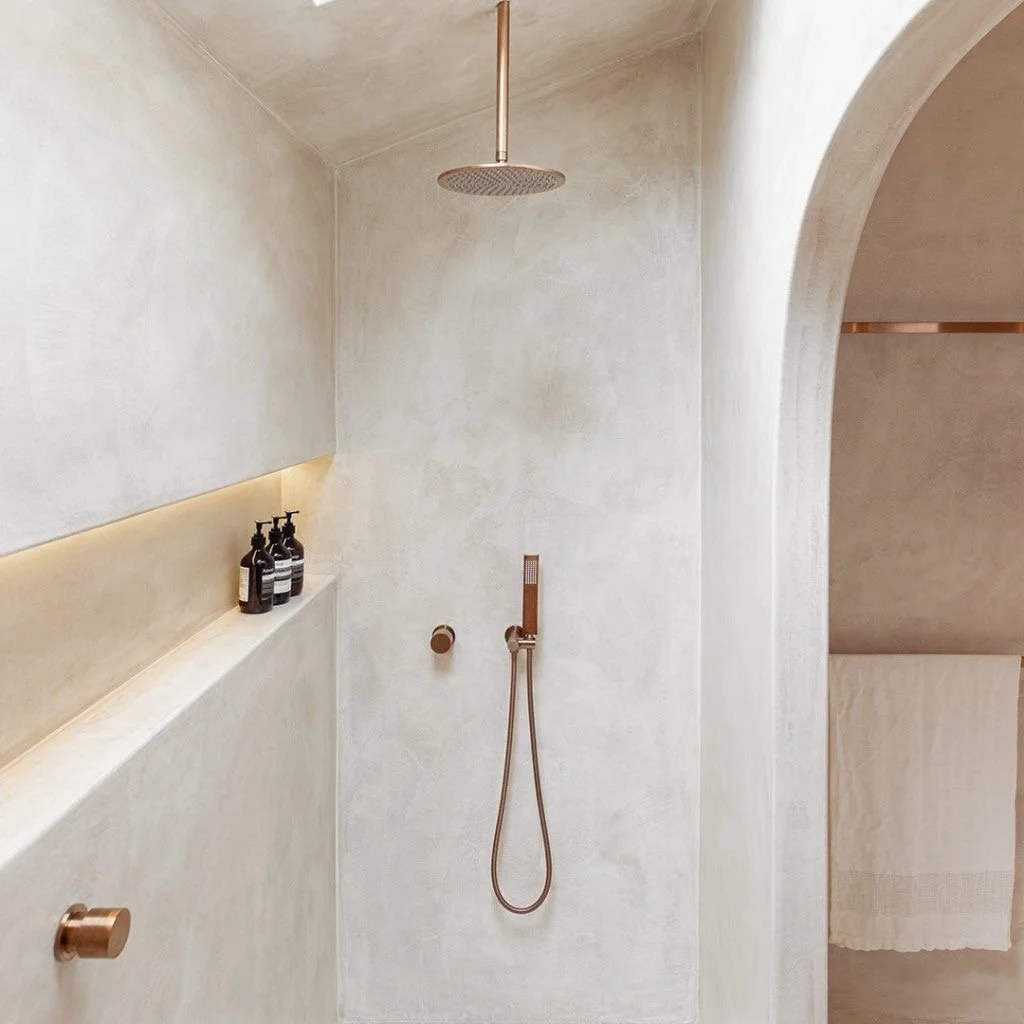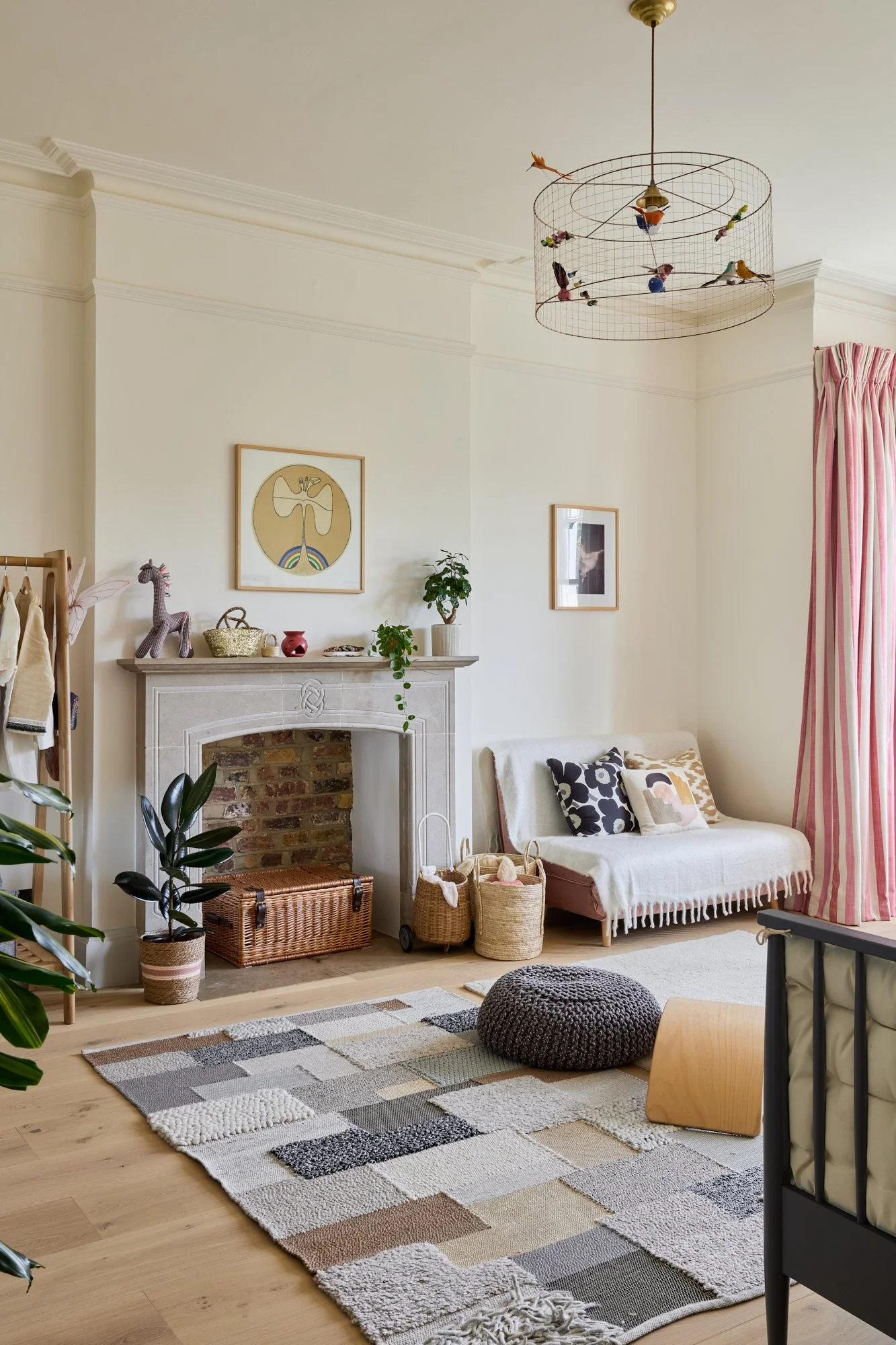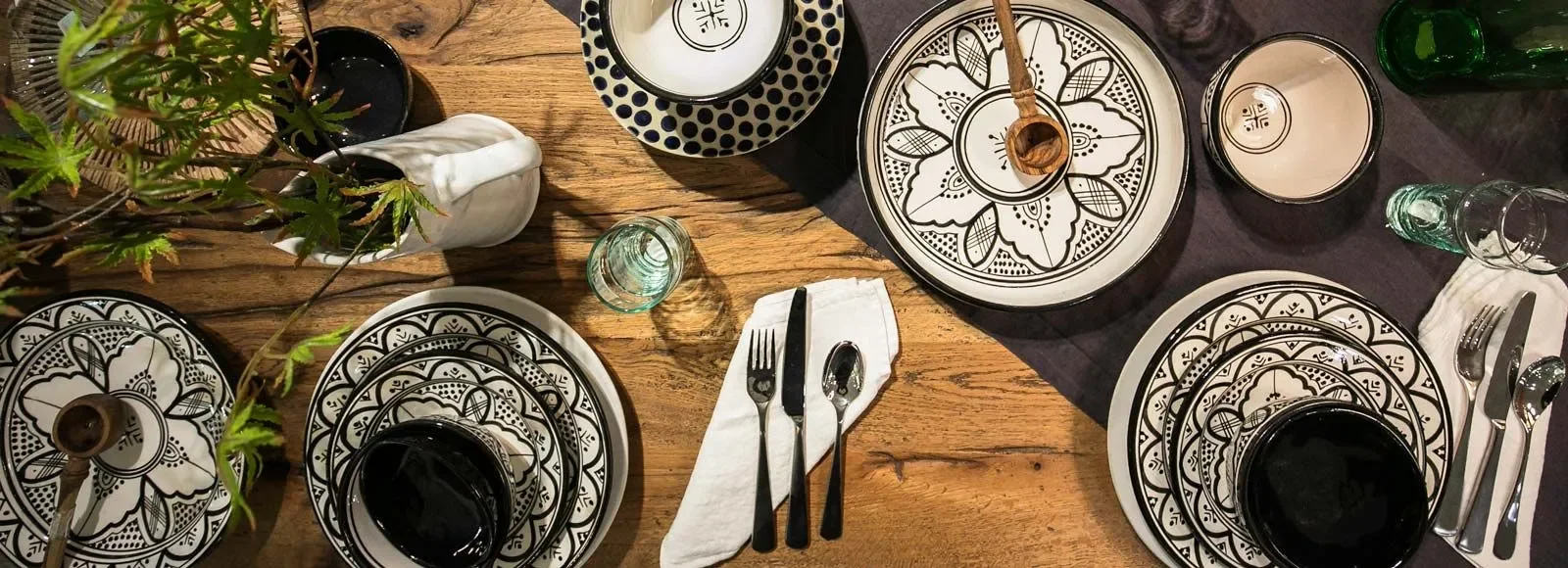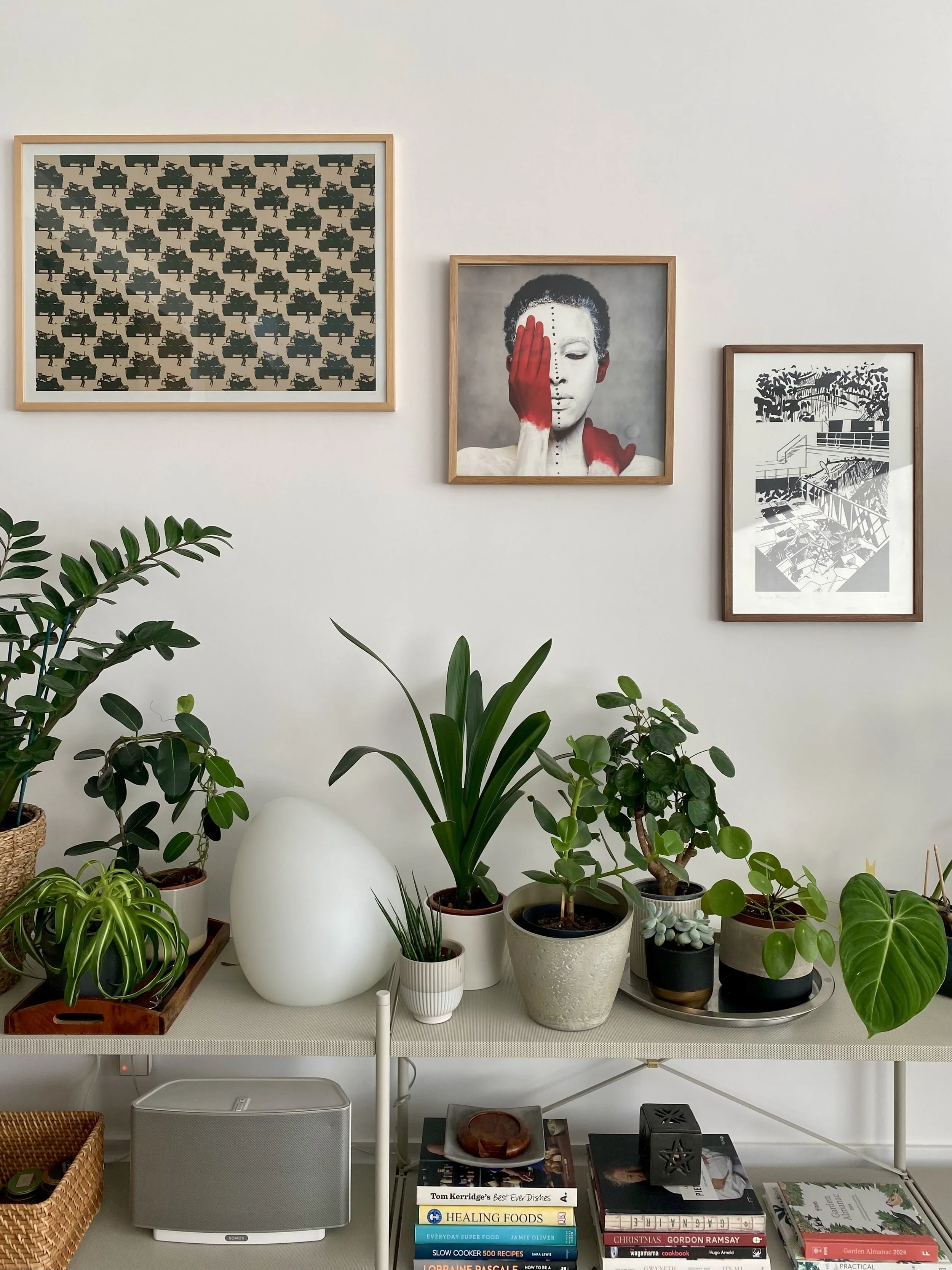Design Inspiration: Made in Morocco
I still remember my very first trip to Morocco in December 2005, almost 20 years ago now. It was a last-minute decision, an invitation to spend Christmas with a friend’s family in Rabat. I had no idea what to expect, but from the moment I arrived, I was struck by its beauty - the vivid blue sky, the soft pink architecture, the richness of textures, colours and craftsmanship. That trip marked the beginning of a long relationship with a country that continues to inspire me.
Today, I travel to Morocco three to four times a year. Each time I go, I discover new places, new ateliers, and new artisans whose craftsmanship never fails to fascinate me. Moroccan design has become a strong influence in my work at LMK Studio, not for trends, but for the authenticity and soul it brings into a space.
Here are some of my go-to Moroccan design elements I love sourcing and integrating into my projects.
Tiles
Morocco is a treasure trove for tiles, with outstanding workshops in Tangier, Fes, and other cities.
• Zellige
Do we even need to introduce Zellige anymore? These traditional glazed terracotta tiles have been made in Morocco for centuries and have become incredibly popular in recent years. Their charm comes from their imperfections, the slight tonal variations, the soft chips, the hand-cut edges. They bring instant character to any space.
A word of caution: the UK market is full of replicas labelled “zellige”, please be extra vigilant and check the country of production. For larger projects, it’s often worth sourcing directly from Morocco.
Modern primary bathroom with Zellige tiles in Dulwich
Zellige colour 1019 by Mosaic Factory
• Granito
Granito is Morocco’s traditional terrazzo made from marble or stone chips set into coloured cement. It can be poured in place or purchased as tiles, and it has a beautiful retro, slightly nostalgic feel. You’ll find it in old Moroccan cafés, riads, and public buildings.
• Terrazzo
A more contemporary interpretation, terrazzo uses marble, quartz or stone fragments mixed with resin or cement. Moroccan terrazzo often comes in warm, sun-washed tones. Some ateliers make stunning hybrids such as Zellige-terrazzo, Travertine-Terrazzo and more. Examples below by Atelier Element.
• Cement and Clay Tiles
Morocco is famous for its cement tiles, available in endless colours and patterns. They can be geometric, modern, or richly traditional. Perfect for adding personality to kitchens, hallways, or bathrooms. The clay tiles are very attractive for decorative applications, adding rich colour and texture.
Tadelakt
Tadelakt is one of Morocco’s most beautiful traditional finishes - a hand-applied lime plaster that’s burnished with stones and sealed with natural soap. The result is a wonderfully soft, uneven, slightly shimmery texture. It’s waterproof too, making it ideal for bathrooms. Just one warning: this is not a DIY job. It requires a specialist artisan. A gorgeous alternative to tiles for a warm, seamless, grout-free look.
Bathroom in full look Tadelakt
Image credit : ABI Interiors
The Colour Pink
Pink is everywhere in Morocco - in the buildings, the clay, the textiles, even the light itself. It’s become a signature in my own design work. Sometimes you see it, sometimes you only feel it in the undertones of a creamy white or a warm neutral. For me, pink is a grounding neutral. It works with everything.
A warm plaster pink in this south-west facing bedroom in Dulwich
Paint : Setting Plaster by Farrow and Ball
Stone white with subtle pink undertone in this north-east facing bedroom in Clapham
Paint : Cat’s cradle by Coat Paints
Rugs
If I had to choose just one Moroccan item to source for every project, it would be rugs. Berber rugs, Beni Ourain, flat weaves, high-pile, looped, colourful or neutral - options are endless and the craftsmanship is exceptional. And if you ever need an excuse for a weekend in Marrakech, make it a “rug trip”.
Patchwork hand made Moroccan rug from an atelier in Sale’ in this girl’s bedroom in Dulwich, showcasing the different weave types, for a playful look
Stone Accessories
Morocco has fantastic stone artisans creating small furniture and accessories: travertine side tables, granite trays, marble bowls… The most common stones you’ll find are Marron Emperador, black and white marble, onyx, and warm-toned travertines. Beautiful as accents in any room.
Ceramic Tableware
If you find yourself in Essaouira, don’t miss the ceramic workshops. The Medina is full of small ateliers producing hand-painted pieces in exquisite blues, greens and neutrals. I always bring back a few pieces.
Image credit : Heal’s
Wooden Accessories
Morocco is also known for its wooden craftsmanship. Artisans commonly work with walnut, thuya, cedar and olive wood, creating beautiful trays, chopping boards, bowls and boxes full of character.
Metal Lampshades
While I don’t use metal Moroccan lamps indoors, I love using them in gardens. Their perforated patterns create the most magical shadows in the evening.
Art
Morocco has become a vibrant hub for contemporary art, with many Moroccan and African artists gaining international recognition in recent years. The country’s creative energy is unique - expressive, bold, colourful, and deeply rooted in tradition while always pushing forward.
If you ever find yourself in Rabat, don’t miss a visit to Kulte - Centre for Contemporary Art & Editions. I’ve sourced some incredible pieces there for my own collection and, more recently, for clients. The artists they represent are talented, engaged, and often at the beginning of exciting global careers.
Gallery wall in Dulwich featuring works by Taysir Batniji, Aida Muluneh and Chourouk Hriech - all sourced from Kulte.
Morocco continues to surprise and inspire me, and I feel grateful to bring a little piece of its beauty into the homes I design.

